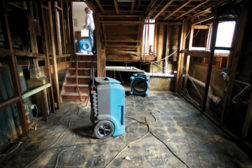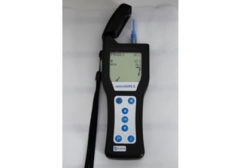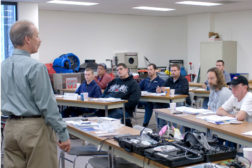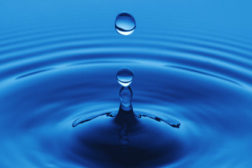Articles by Dan Bernazzani
There remain numerous opportunities to expand innovation in the water damage mitigation industry
Read More
Stay ahead of the curve with our eNewsletters.
Get the latest industry updates tailored your way.
JOIN TODAY!Copyright ©2025. All Rights Reserved BNP Media.
Design, CMS, Hosting & Web Development :: ePublishing




